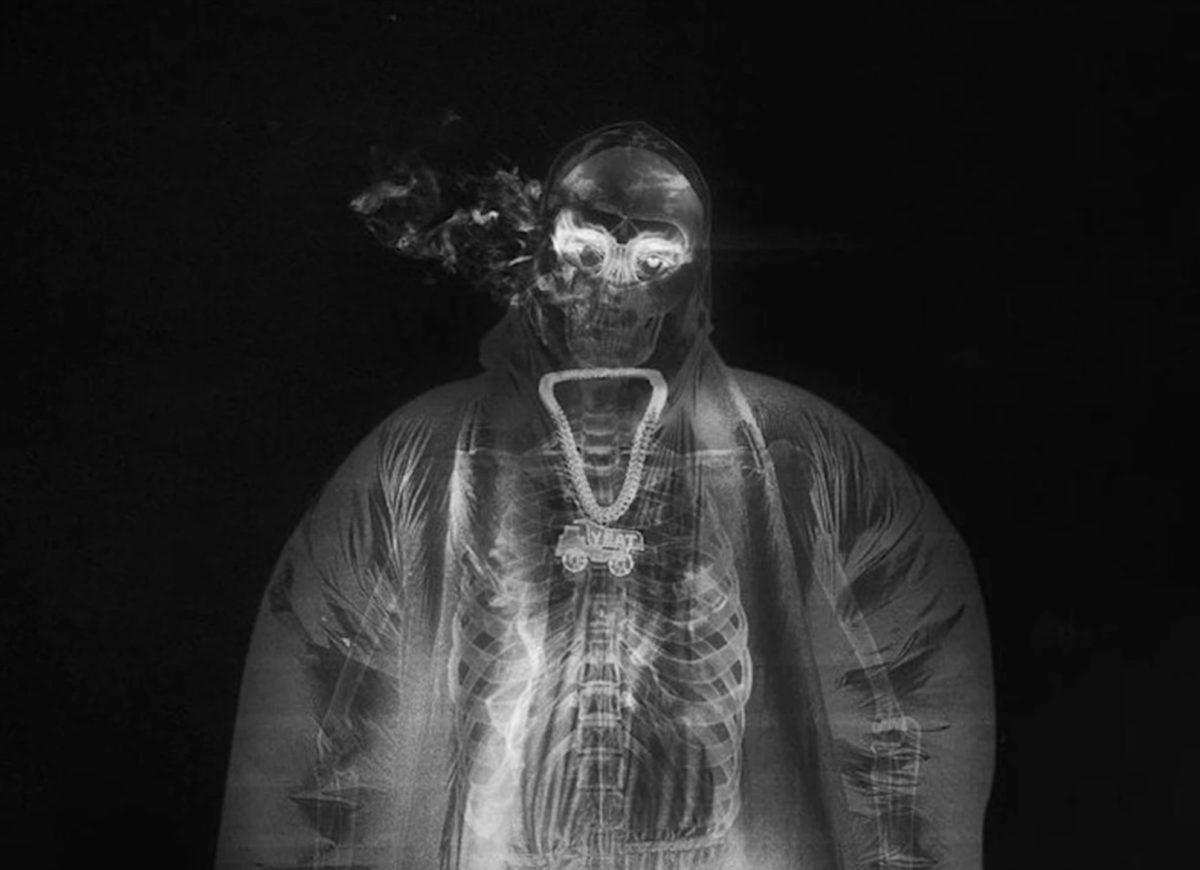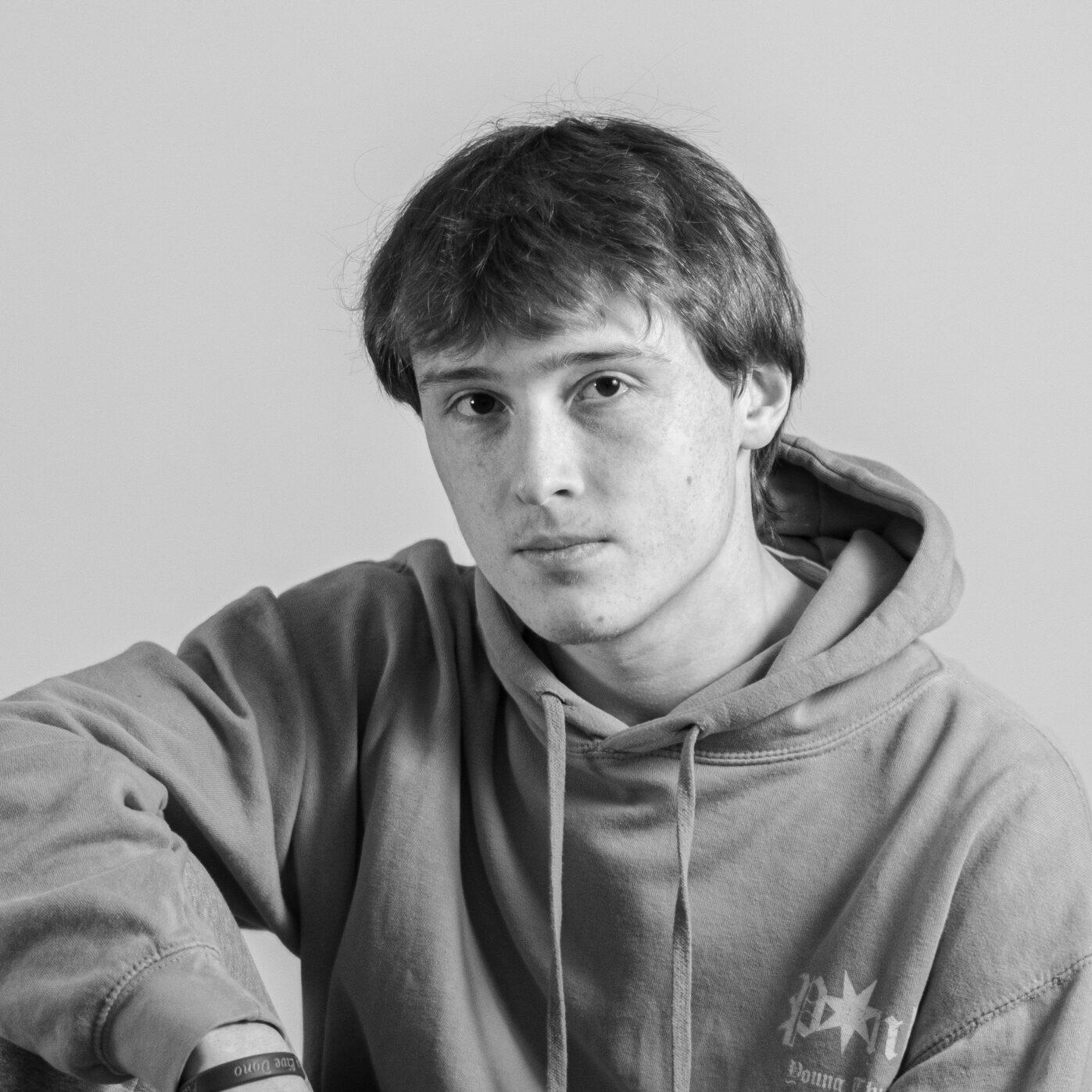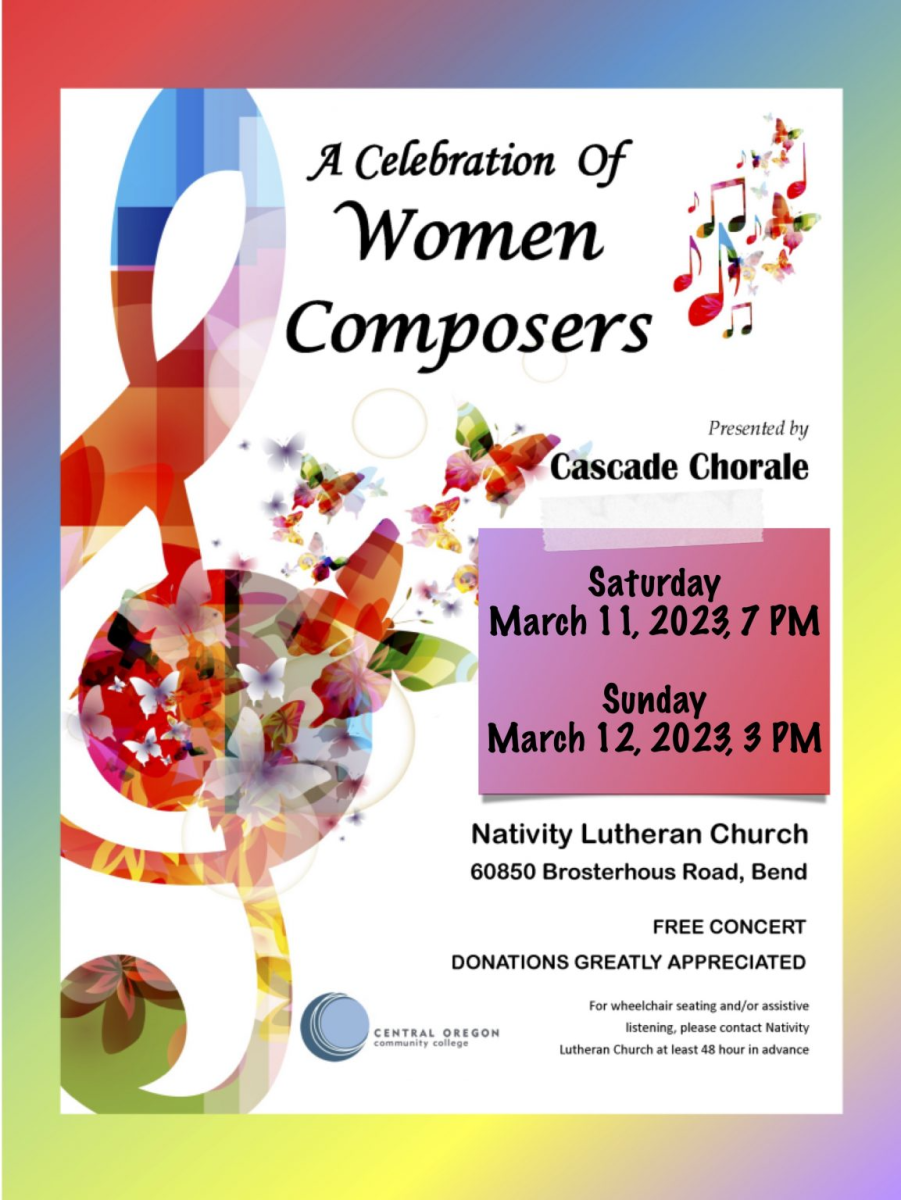Fans of Yeat had been waiting for the release of Afterlyfe ever since he released his mixtape, Lyfe, in September of last year. On Feb. 24, fans got what they had been waiting for, following a brief phase of promotion from Yeat’s social media, and the project did not disappoint.
Since making his arrival to the mainstream in 2021, Portland based hip-hop artist Yeat has never been one to stick with the popular sound of trap music. One of the tracks off his mixtape 4L, “Sorry Bout That,” started to trend on social media in the summer of 2021 due to its weird but enjoyable sound, and built hype for his debut project Up 2 Me in September that year. The project quickly rose to popularity because of its unique production style and Yeat’s abnormal but enjoyable mix of vocal talent, adlibs and flows, as well as a strange recurring usage of bells in the production–which wasn’t never before seen, but hadn’t been used to the degree Yeat used them in the genre before.
In 2022, Yeat continued his ascension into the mainstream of hip-hop, as songs like “Money so big” and “Get Busy” were still trending on social media and built hype for a second full length album. Cosigns from major artists such as Earl Sweatshirt and Drake catapulted his popularity even more, and a deal with Geffen Records led to his sophomore album 2 Alive in February of 2022.
While 2 Alive and Up 2 Me didn’t differ much in their style, both were excellent and showed real potential for Yeat to be one of the best trap artists of the decade. Now though, Yeat is completely changing how he’s viewed as an artist with his last two releases. His Lyfe mixtape featured songs such as “Can’t stop it,” “Holy 1” and “Killin em,” among others that stood out from his previous work. While there were still cuts that sounded like expected, the new sound put a lot more focus on Yeat’s punchlines, flows, and unique vocal inflections, which opened the door for his newest release, Afterlyfe.
Afterlyfe brought 22 new tracks and a lot more of the unique sounds from Lyfe. When listening to this project front to back, there’s little similarity to the Yeat that came onto the scene in 2021. While the material in Yeat’s writing hasn’t changed much, and likely never will, the writing remains captivating and entertaining on what was another good performance for Yeat to open the year.
The album opens with “No more talk,” which sets a theme revisited multiple times on the project about Yeat’s demons, also seen on songs like “Bad bend/DeMON” and “Demon tied, to name a few. The hooks across the album flow nicely, and the thick bass and synths are back from his other projects to give the album something that satisfies his day one fans who have come to expect heavy production and autotune usage.
Yeat’s vocal delivery continues to be the biggest positive in his music. On each song, he’s able to bounce around different vocal registers without issue and give excellent performances that only add to the overall enjoyment. With only one real feature on the album (Luh Geeky and Kranky Kranky are on the feature list but are just Yeat’s aliases), Yeat is able to use his varying vocal inflections to prevent the project from getting boring, despite it being 22 tracks long. This is shown on songs like “Now,” “Shhhh” and “Split” where his impressive vocal displays give life to the song, taking the music to another level.
On other songs like “Bettr 0ff” and “Type money,” Yeat creates an angelic atmosphere with his vocal layering behind his lyrics, using whistles and autotuned humming to add yet another positive aspect to his songs. Yeat seems to know and understand how to play to his strengths, avoiding the weaker areas of his skillset and instead drilling the listener with crashing waves of adlibs and quick flows to keep them entertained.
The album comes to a harmonious close with “Myself,” which takes a more introspective approach than Yeat’s music usually does. Yeat raps about the impact drugs have had on his life over a guitar beat similar to “Can’t stop it” off of his last mixtape, and talks about having to live with himself and struggling with how to feel about it. It’s an unexpected ending that shows promise for Yeat’s future as a songwriter.
There are some issues with the project and gripes the public has with every modern trap artist that are understandable. The lyrics are far from imaginative; even though Yeat is capable of writing good punchlines and delivers his lyrics well, there is little substance to make it worth returning to for those listening for deeper meanings and messages.
At 22 tracks, the album can feel repetitive at times, and with some tracks reaching four minutes or more, it can make the album feel bloated, although the majority of tracks don’t fall into this category. For some people, the hyper/rage, heavy production style just isn’t what they enjoy.
For those who do enjoy that style though, this project is another step forward in a constantly evolving career for Yeat. His ability to continue experimenting with new sounds while maintaining the parts of his style that brought his music to relevance has been a recipe for both success and great music so far in his career. It will be exciting to see where his ambitions take him in the future, as his unique vocal inflections, adlibs and delivery should provide more boundary pushing music for years to come. With a consistent tracklist that pumps out more than a dozen great songs, it definitely ranks highly in his catalog. While this album still doesn’t top his debut project Up 2 Me, Yeat’s Afterlyfe still impresses, and gets a seven out of ten.





















